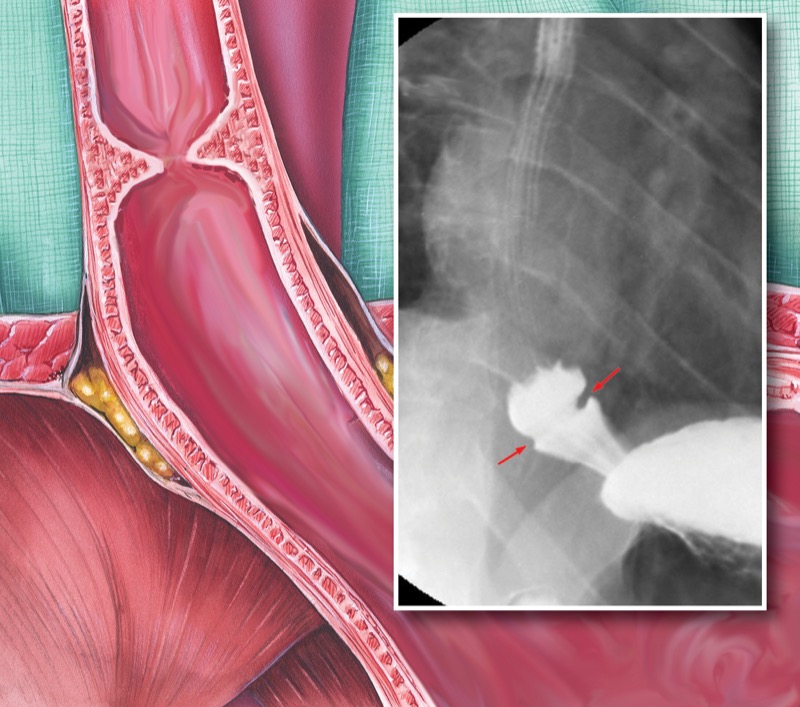Dr. Richard Schatzki was a German American radiologist best known for his description of the Schatzki ring: a thin, fibrous esophageal constriction at the gastroesophageal junction. His life story is one of resilience, professional excellence, and dedication to medicine.
Born in Clafeld, now part of Siegen, Germany, Dr. Schatzki lost his father early, so he and his four brothers were raised by their mother. He became the first in his family to pursue medicine, earning his degree from the University of Berlin in 1925. Initially undecided between surgery and internal medicine, Dr. Schatzki chose radiology after discovering a passion for fluoroscopy and barium radiography.
His career progressed rapidly, and by 1929, Dr. Schatzki was chief of radiology at the University Hospital in Leipzig. However, in 1933, the Nazi regime forced him to leave his position due to his Jewish heritage. He emigrated to the United States with his wife and young son, arriving in Boston without a job. Massachusetts General Hospital offered him an unpaid position in the radiology department, where he worked for two years until he secured a salaried role.
Dr. Schatzki served in the U.S. Army during World War II and later became chief of radiology at Mount Auburn Hospital, in Cambridge, Massachusetts. In the 1950s, he and Dr. John Gary published the seminal work that defined the Schatzki ring. He also was known for his innovative contributions to gastrointestinal imaging.
Beyond medicine, Dr. Schatzki was a concert-level pianist who gave philanthropic performances across Boston. He retired in 1983 at age 80 and continued playing music until his death.
—Klaus Mergener, MD, PhD, MBA, MASGE
Suggested Reading
- Patel B, Han E, Swan K. Richard Schatzki: a familiar ring. Am J Roentgenol. 2013;201(5):W678-W682.
- Schatzki R, Gary JE. Dysphagia due to a diaphragm-like localized narrowing in the lower esophagus (lower esophageal ring). Am J Roentgenol Radium Ther Nucl Med. 1953;70(6):911-922.
This article is from the April 2025 print issue.


